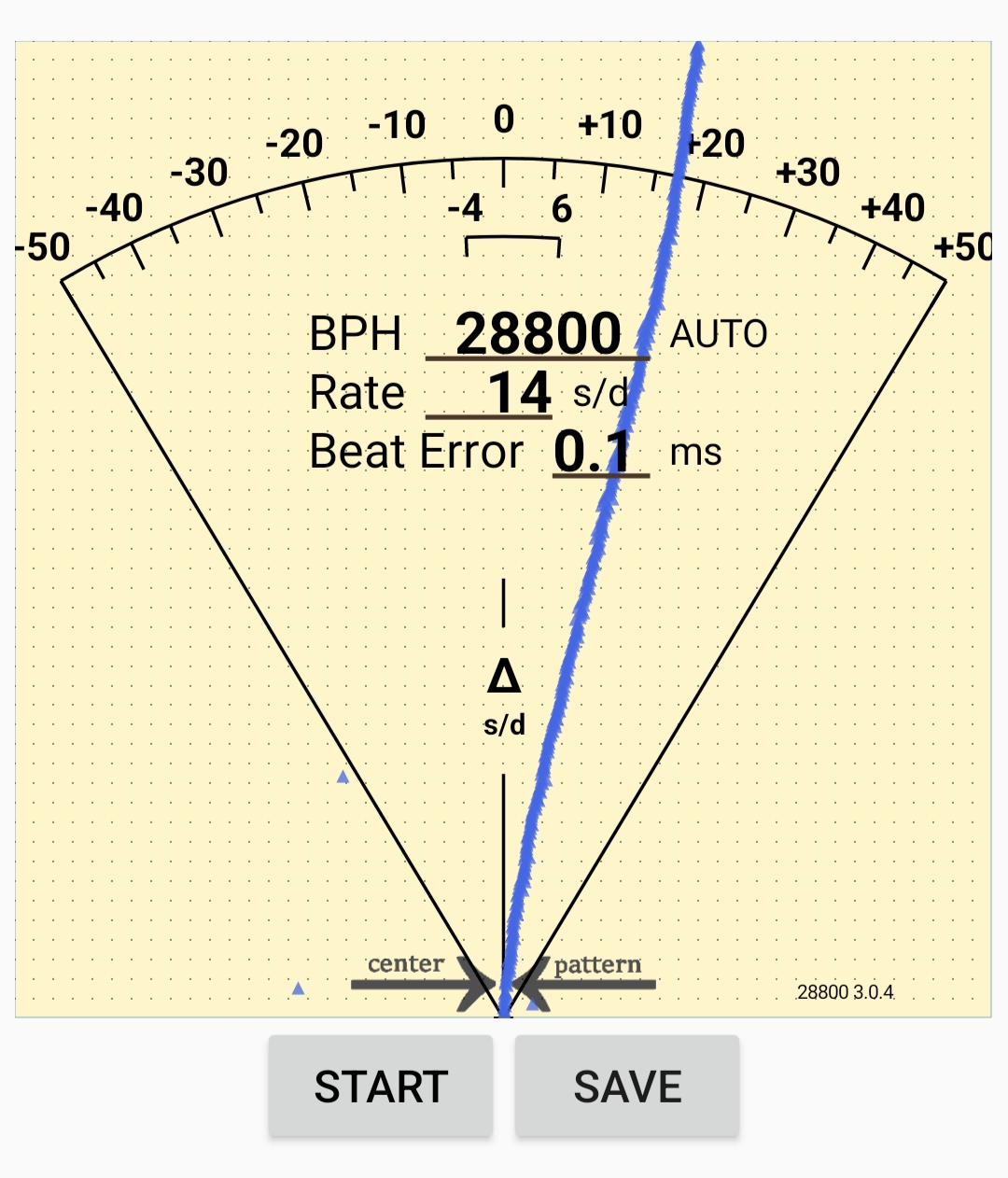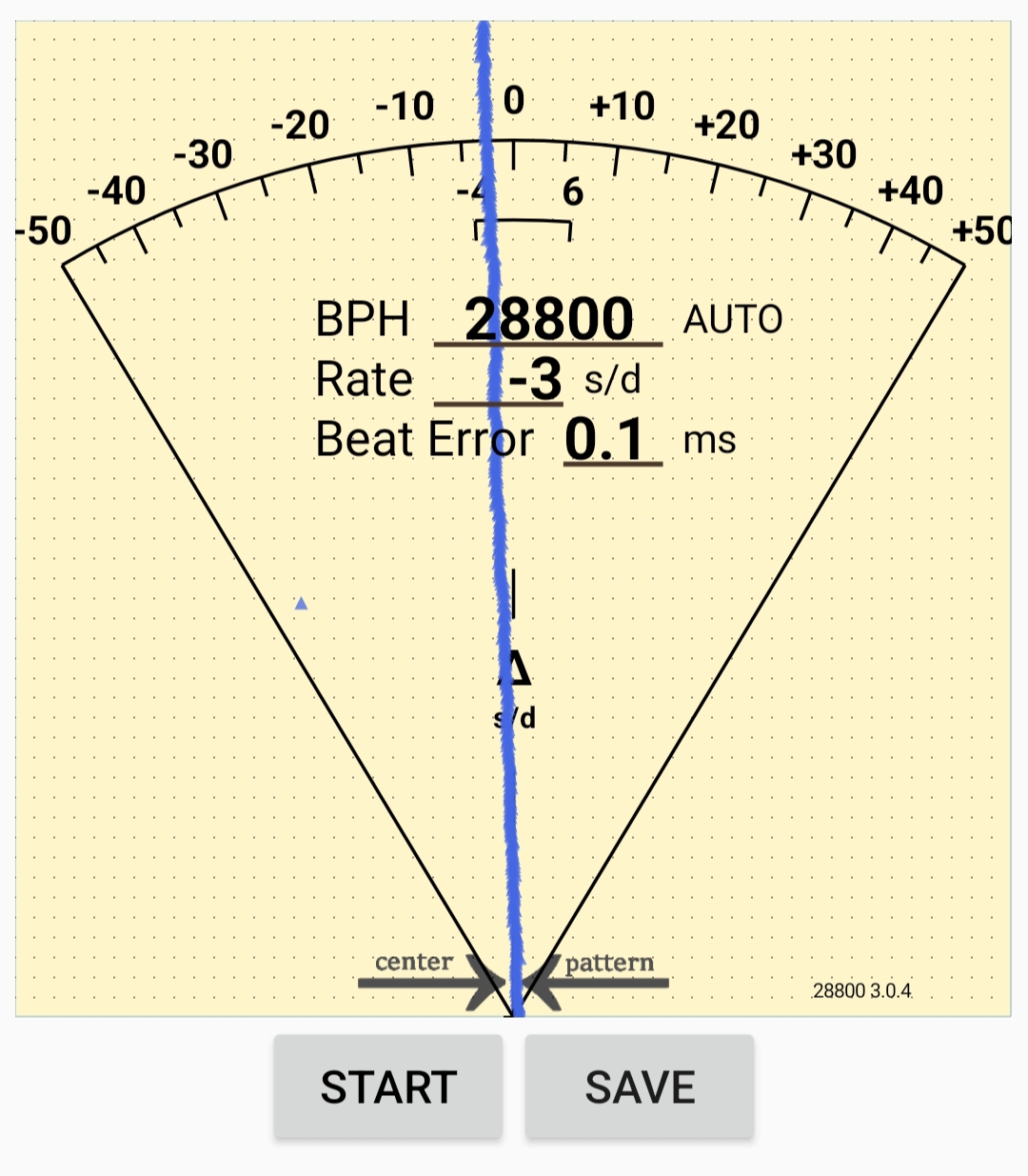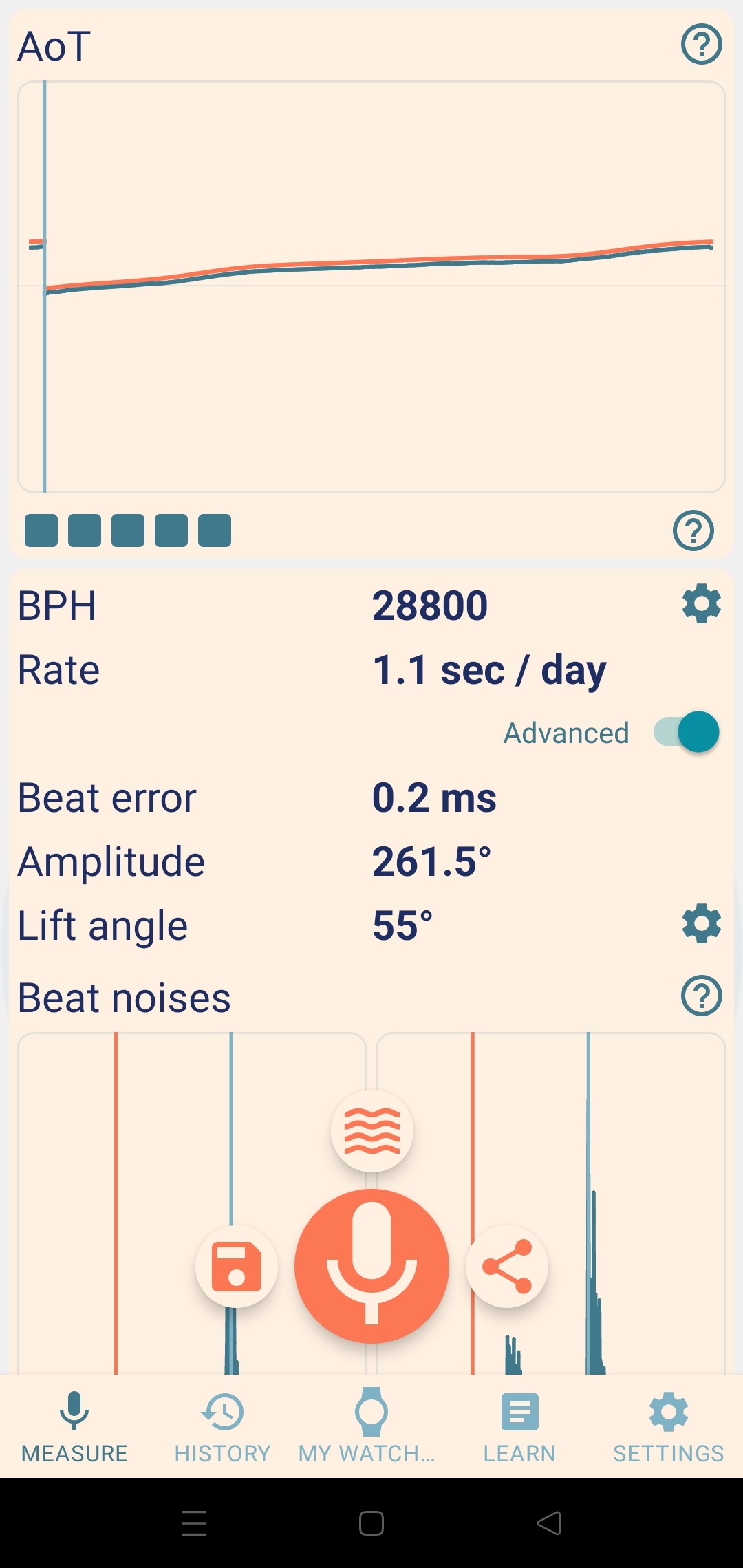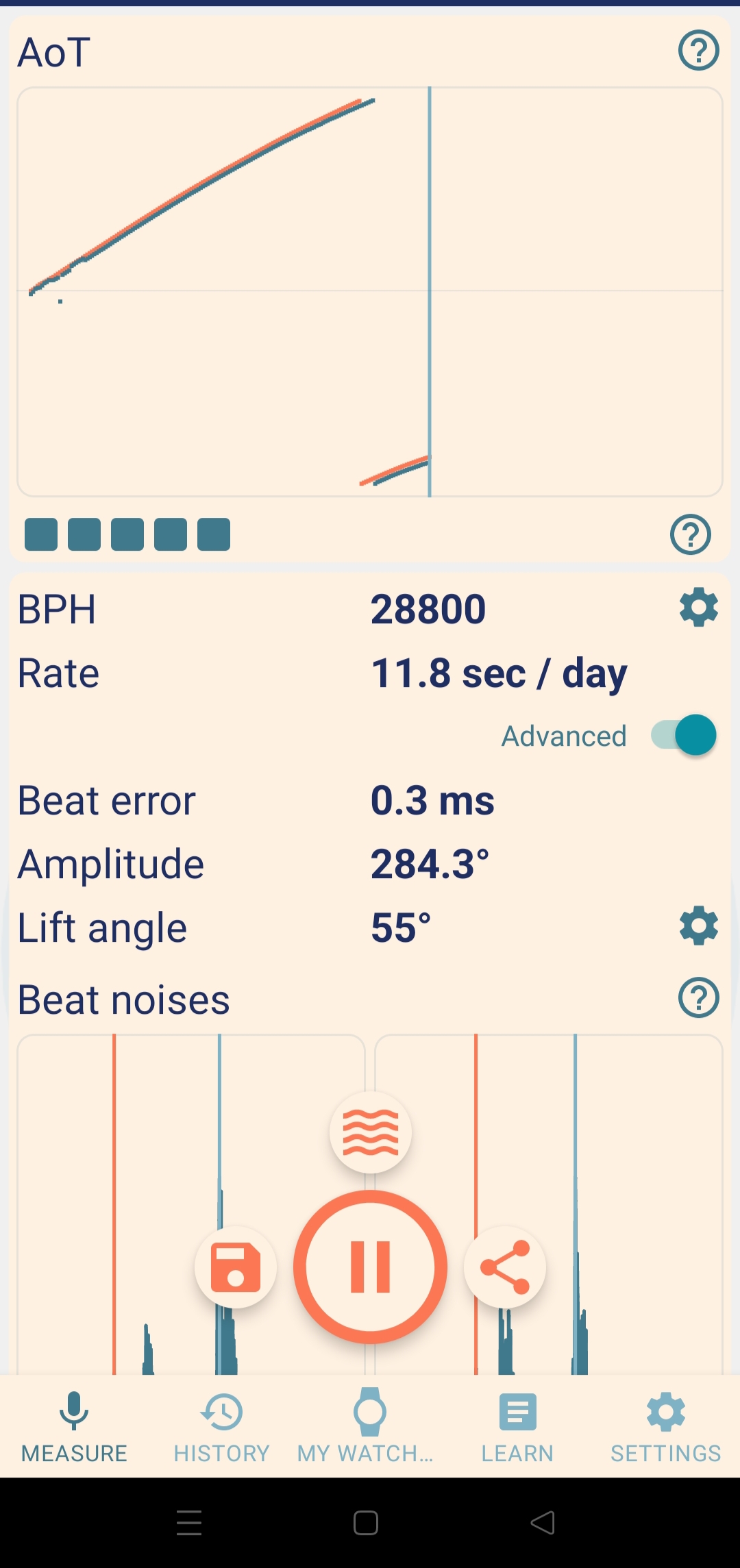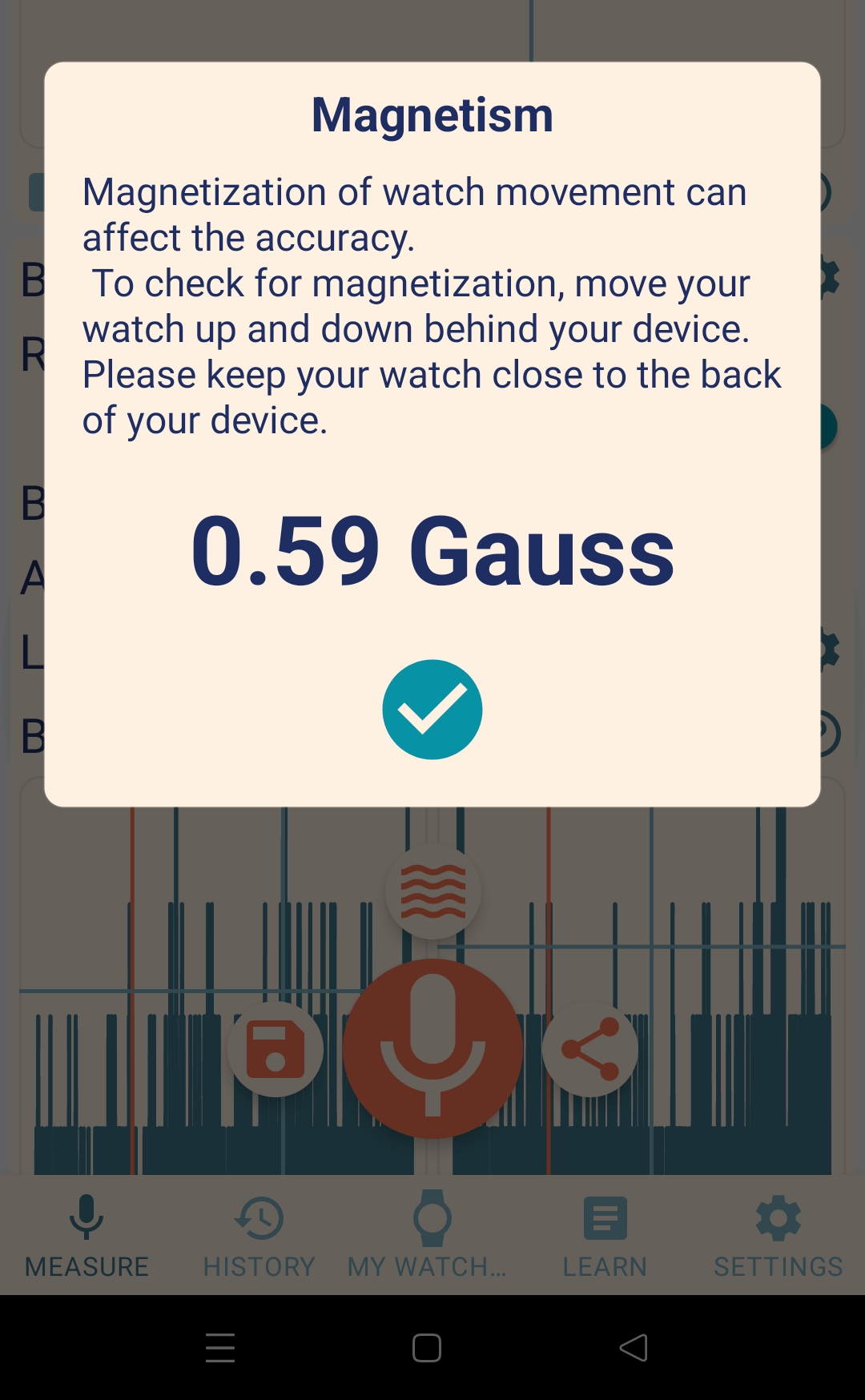Hello, I am hoping someone may be able to help me with an issue that I am having with a new rep using the VSF 3235. I received the new rep from the AD and it is physically flawless. i checked the regulation on my time graph and it runs +2 seconds per day fast. Unfortunately when worn or moved a bit the watch speeds up a lot (+30~ seconds per day). Does anyone have any idea what could be causing this? Thank you.
The issue could be related to poise error on the balance wheel. Poise error is where the balance wheel doesn’t have a perfectly symmetric distribution of mass. Balance wheels on reps are poised during manufacture on a machine that checks for their symmetry and removes small amounts of material on the heavy spots. On reps this process is a bit crude. On the picture below you can see the poise corrections on this vr3235 balance wheel. There have been two corrections (see the red arrows) where material has been removed. A gen balance will have more corrections resulting in a more symmetric balance wheel.
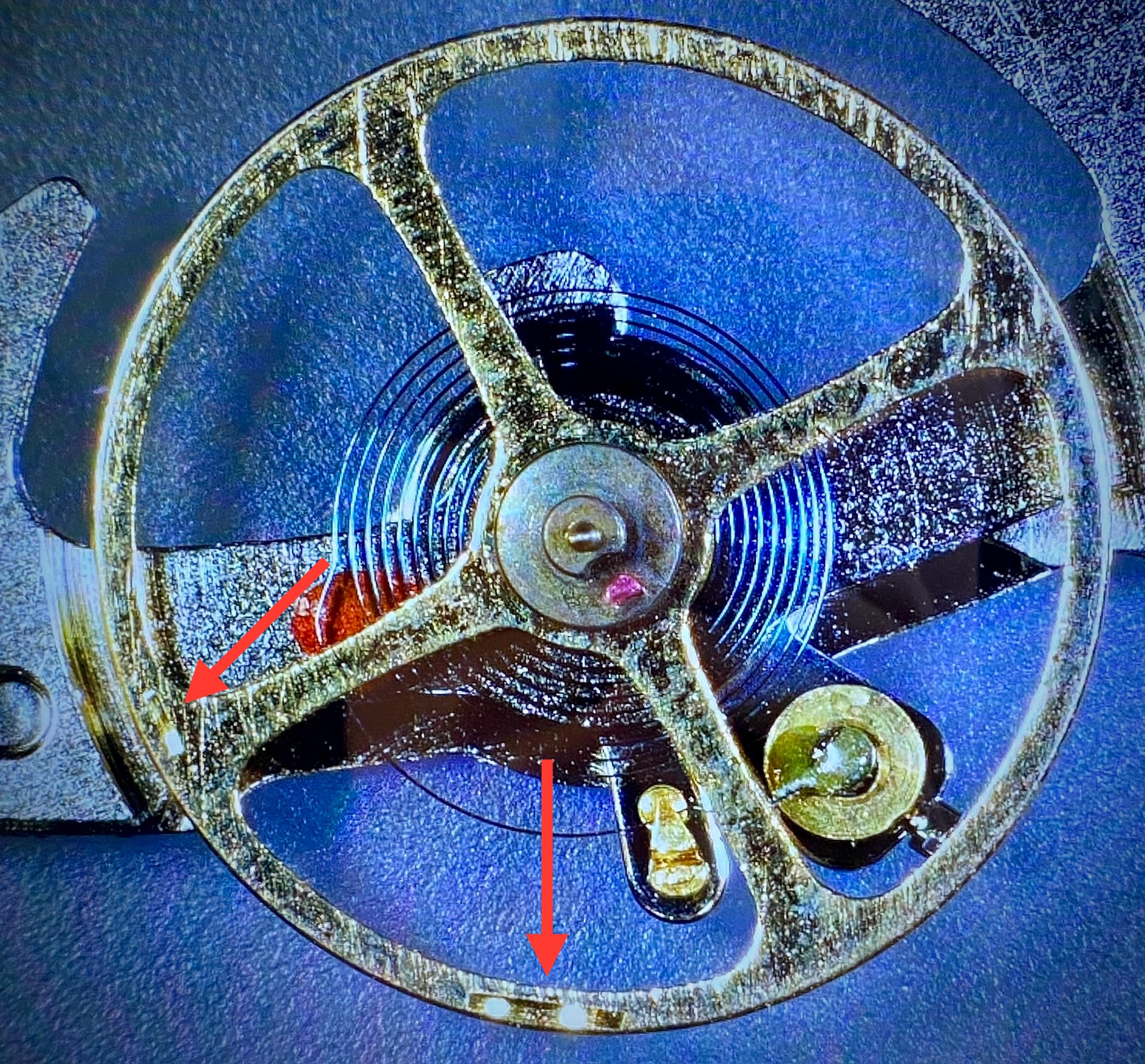
A slightly asymmetric balance wheel means that when the watch is held at different angles relative to gravity, the balance wheel will swing asymmetrically.
This asymmetric swing will affect time keeping especially if the hairspring has a non-linear restoring force. That is, the force that hairspring exerts on the balance wheel is not linear as a function of balance wheel rotation. Rep hairsprings aren’t made out of the hyper exotic alloys used on gen watches, nor do they employ the Breguet overcoil geometry (a geometric trick that makes a hairspring’s force more linear).
The issue could also be that the movement in your watch is dirty or has debris in it, or that there’s too much endshake on the pivots. All of those things will cause the amplitude of your watch to vary wildly between positions. And if your hairspring isn’t very linear, then big swings in amplitude will affect time keeping.
Here’s what you can do to test your watch: on a time grapher, measure the rate, amplitude, and beat error in each of these five positions: dial up, dial down, 9-down, 6-down, and 12-down. Set the lift angle on your time grapher to 55 degrees. Wait at least a minute in each position to get a stable reading.
The amplitude in dial up/down should be about 20-30 degrees higher than in the 9/6/12-down positions.
Ideally the rate shouldn’t change much as a function of amplitude. There’s another test we can run for this, but let’s keep things simple for now.
Post the results of your time grapher test here and let’s see what’s going on with your movement.


